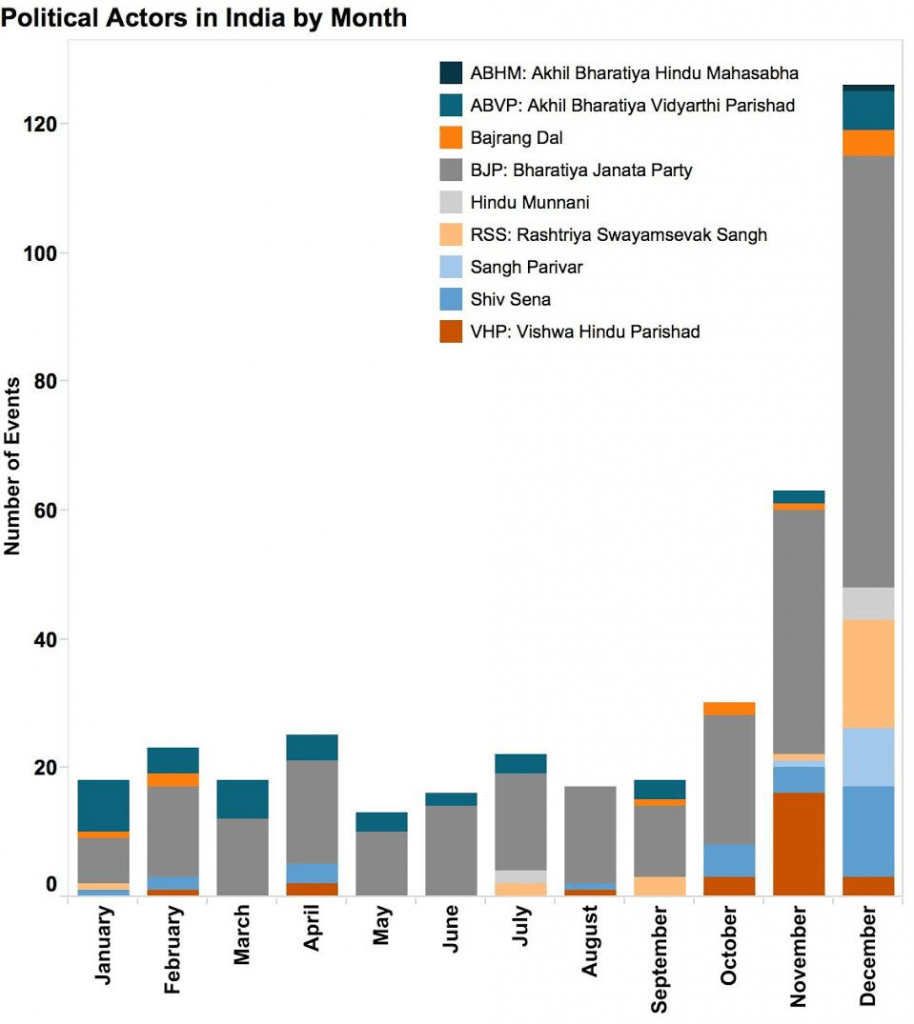Analyzing Claims of Rising Intolerance in India
Cutting Through the Noise
With the constant media headlines decrying rising intolerance, communal tensions, and threats to secular values in India, the situation seems dire. However, a deeper analysis of official data and on-ground reports presents a more nuanced picture. In this comprehensive look, we cut through the rhetoric to examine real trends over time and across regions.
Separating Fact from Fiction
The Global Peace Index numbers show that while India has marginally declined in rankings since 2009, intolerance has in fact slowed in pace under the current regime. Comparing selective short periods to claim rising conflicts is misleading. A fuller timeline shows both ups and downs across governments.

Communal Incidents - A Complex Reality
Initial government data for 2015’s first five months indicated an increase in communal incidents and casualties versus last year. However, yearly figures then showed fewer deaths for the whole period. Short-term snapshots don’t account for natural variations or capture annual trends accurately.
Analyzing The Numbers
To get a balanced understanding, we must examine complete state-wise data from neutral sources like the Home Ministry, not just headlines or snippets. Let’s review key metrics and trends over the last few years:
Incidents, Deaths and Injuries
Home Ministry statistics show incidents fluctuated from 668 to 823 from 2012-2013 but fell in 2014 and the first half of 2015 based on projected annual numbers. Deaths and injured people also saw declining or stable trends in the same periods.
Leading Trouble Spots
Some states like Bihar, Gujarat and Maharashtra saw rising conflicts but others like Kerala, Madhya Pradesh and Andhra Pradesh saw clear decreasing trends. No conclusive evidence suggests tensions specifically increased under any one administration.
Understanding Contributing Factors
While no single factor determines communal situations, some recurring themes provide context beyond simplistic blame games:
Role of Local Politicians
Regional parties in UP, Bihar have faced accusations of inflaming tensions for narrow gains. Central governments can only do so much to impact localized community dynamics and mobilizations.
Poverty, Development Challenges
Underdevelopment, lack of opportunities, and overall law and order have historically fueled tensions more than any regime in power. Rising prosperity in states correlated with declining conflicts.
Sensationalized Media Coverage
Excessive focus on outliers, repetition of unverified claims, and selective compilation of extreme voices on social media shapes public perceptions more than reflecting ground realities. This risks escalating instead of reducing conflicts.
The Human Face - Chennai Floods
In times of crisis, true character emerges. When Chennai flooded, people rose above all divisions to help each other. Pictures from the disaster relief efforts tell a profound story of a spirit of communal harmony and shared humanity.
Religious Institutions in Relief Work
Reports highlighted how temples and mosques opened shelters and distributed supplies to people of all faiths. No accounts of religious discrimination or violent clashes surfaced despite the pressing circumstances.
Coming Together in Adversity
Irrespective of identities, Chennaites prioritized saving lives and supporting the vulnerable. Their exemplary conduct affirmed the core Indian values of unity in diversity, compassion for fellow citizens, and rising above petty politics during humanitarian crises.
Conclusion: Need for Nuanced Thinking
Sensationalism clouds clear thinking but analyzing multiple viewpoints and reconciling any conflicts provides a balanced reality. While issues persist, India remains fundamentally tolerant. The path forward lies not in fearmongering but addressing socio-economic roots through inclusive development and preserving the humanitarian fabric
